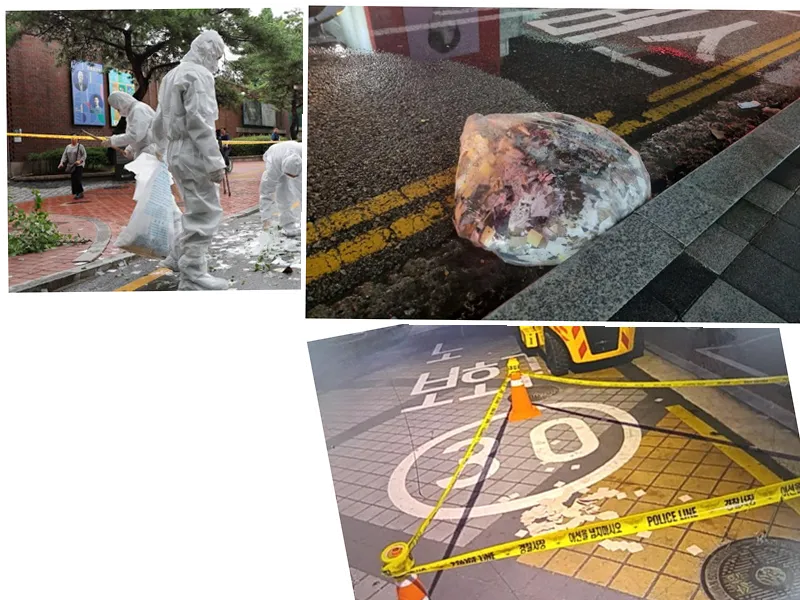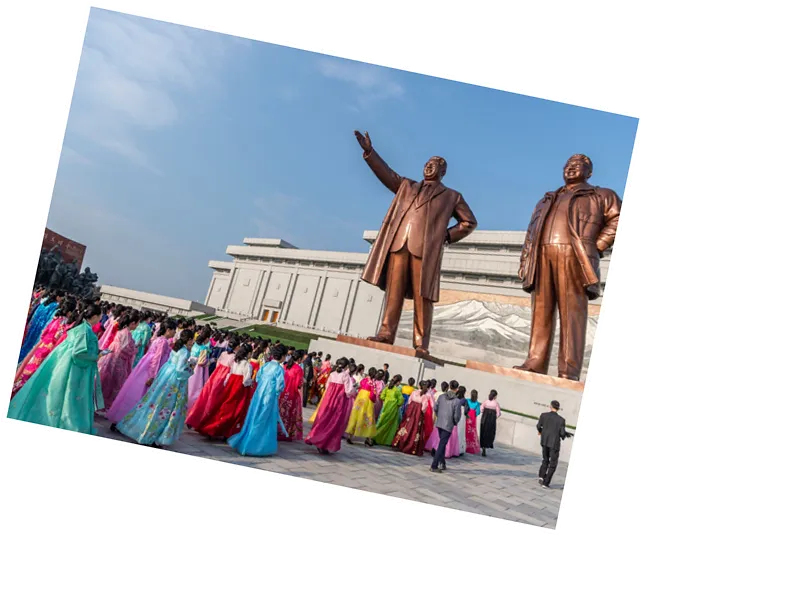North Korea's Balloon Campaign Raises Tensions in South Korea
In a troubling escalation of tensions on the Korean peninsula, North Korean balloons filled with garbage have been landing in South Korea, including the grounds of the presidential office in Seoul. This incident marks a significant moment in the ongoing conflict between the two nations, with over 3,000 balloons having been reported since May, according to South Korean authorities. The balloons, often containing waste such as cigarette butts, discarded batteries, and even human excrement, are seen as a retaliatory measure against South Korean activists who have been sending anti-North Korean propaganda balloons across the border.
The South Korean Joint Chiefs of Staff (JCS) confirmed that the balloons posed no immediate threat, stating, "No harmful substances or contaminants were found from an analysis conducted by the response team." However, the presence of these balloons has prompted South Korea to resume public address broadcasts of propaganda and entertainment, including popular K-pop songs, along the demilitarized zone (DMZ). This move is intended to counter North Korea's provocative actions and reinforce South Korea's commitment to its national security.
The Ongoing Propaganda War and Military Exercises
The balloon incidents are part of a broader propaganda war between North and South Korea, which has intensified in recent months. North Korea has accused South Korean activists of provoking tensions by sending balloons filled with critical material about Kim Jong Un's regime. In response, Kim Yo Jong, sister of North Korea's leader, warned that South Korea's actions could lead to severe consequences, saying, "A price would have to be paid."
Amid these tensions, military exercises involving U.S. and South Korean forces continue, with recent deployments of F/A-18 and F-35B fighters for joint training. The U.S. Department of Defense emphasized that these exercises aim to enhance readiness and lethality among allied forces. However, North Korea has condemned these military drills as provocative, stating that they escalate the confrontation.
As the situation unfolds, both nations remain technically at war, as the Korean War ended in an armistice rather than a peace treaty. The international community watches closely, as further provocations could destabilize the already fragile peace on the peninsula.
- North Korea's balloon campaign is not merely a nuisance; it reflects deeper geopolitical tensions and the ongoing struggle between the two Koreas. Since the Korean War, which lasted from 1950 to 1953, the peninsula has remained divided, with both sides engaging in various forms of psychological warfare. The act of sending balloons laden with trash can be seen as a symbolic gesture of defiance, highlighting North Korea's disdain for the South's attempts at propaganda. Moreover, the South Korean government's response—ramping up its own propaganda efforts—demonstrates a commitment to countering North Korean narratives. This back-and-forth exchange of provocations underscores the complexities of inter-Korean relations and the challenges faced in achieving lasting peace. As both nations navigate this contentious landscape, the potential for miscalculation remains high, making it imperative for diplomatic channels to remain open.






